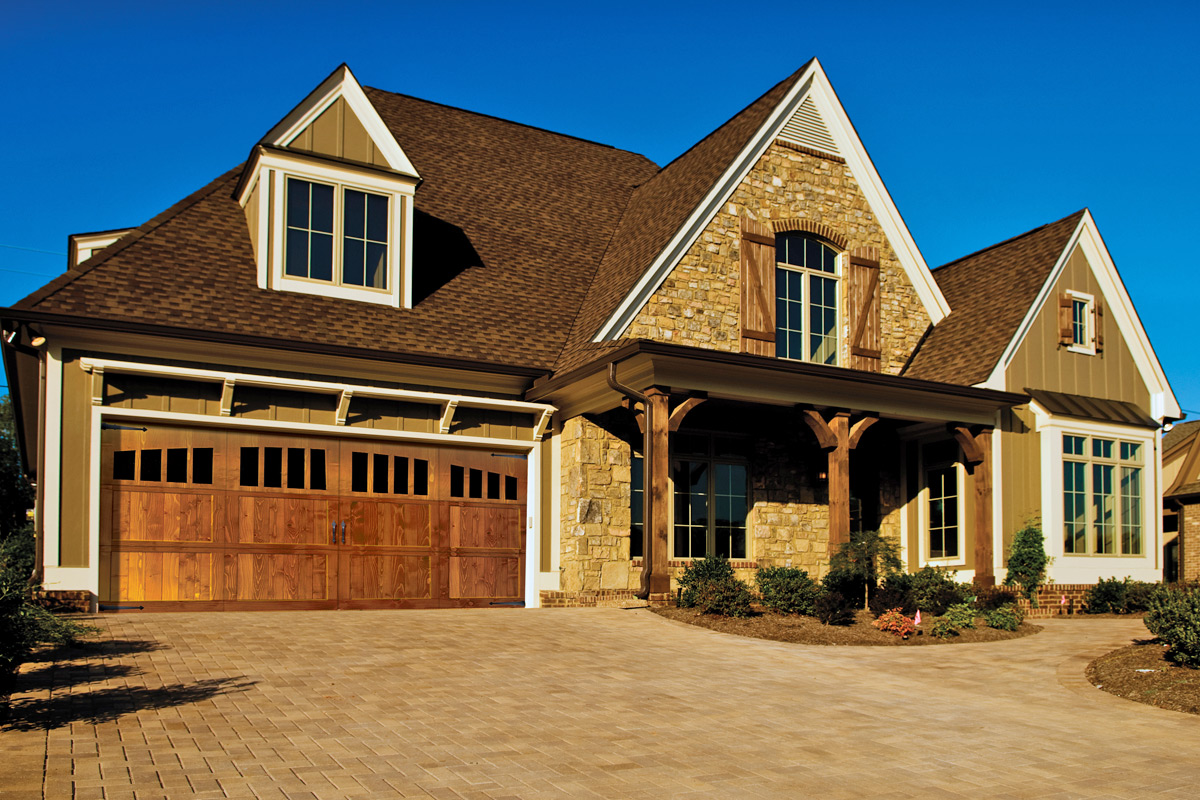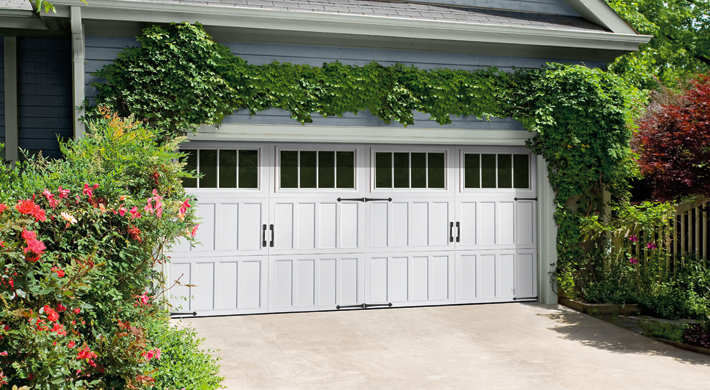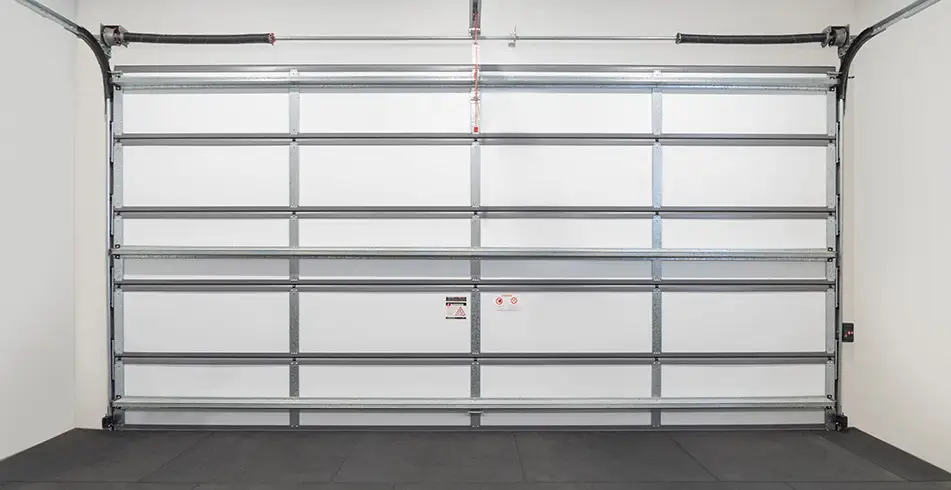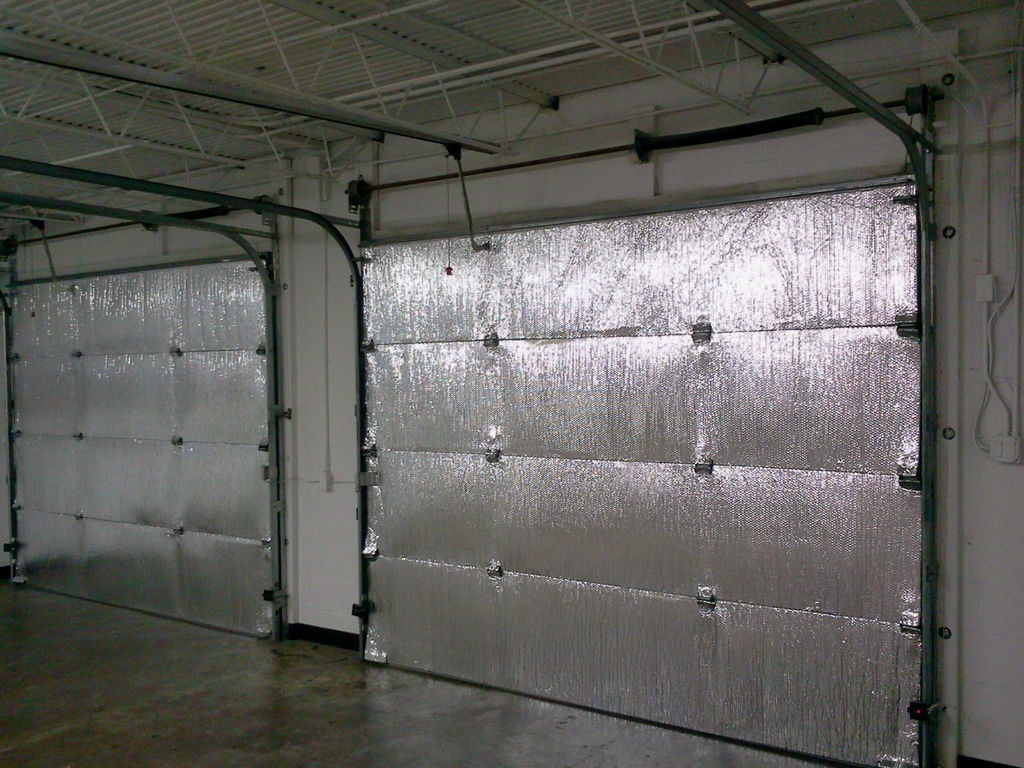Welcome, homeowners! If you’ve been experiencing issues with your garage door sensor, you’re in the right place. Knowing how to calibrate garage door sensor can save you time, money, and the frustration of dealing with malfunctioning doors.
Your garage door sensor plays a crucial role in ensuring the safety and functionality of your garage door. This article will walk you through the process of calibrating your garage door sensor step-by-step. This easy guide will make the process transparent even if you’ve never done it before.
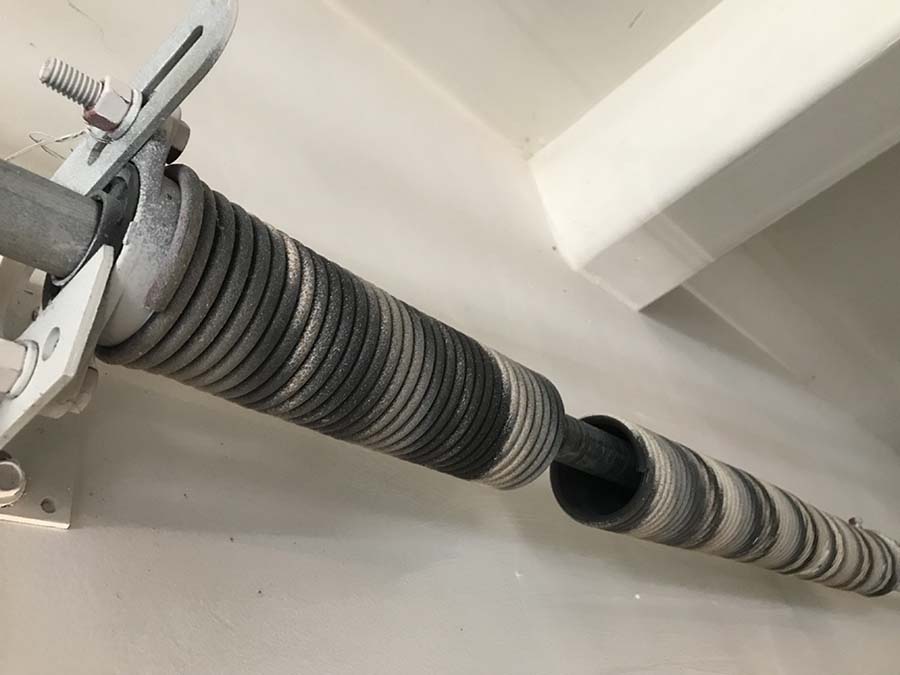
Part 1: Understanding Garage Door Sensors
What is a Garage Door Sensor?
A garage door sensor is a device that helps detect obstacles in the path of your garage door. If something is in the way, the sensor will send a signal to the garage door opener to stop and reverse, preventing potential accidents.
Types of Garage Door Sensors
There are primarily two types of garage door sensors: Photoelectric Sensors and Mechanical Sensors. Photoelectric sensors use an infrared beam to detect obstacles, while mechanical sensors use a physical switch mechanism.
Part 2: Preparations for Calibration
Why Calibration is Necessary
Over time, garage door sensors can misalign or accumulate dirt, leading to faulty operation. Regular calibration ensures that the sensors function accurately, extending the life of your garage door.
Tools You Will Need
- Screwdriver
- Spirit level
- Cleaning supplies
Part 3: Step-by-Step Guide to Calibrate Garage Door Sensor
Step 1: Ensure Power is Off
The first step is to turn off the power supply to the garage door. This can usually be done via your circuit breaker.
Step 2: Clean the Sensors
Use a soft cloth to clean the sensor lenses. Dirt and debris can obstruct the infrared beam.
Step 3: Align the Sensors
Use a spirit level to ensure both sensors are aligned correctly. Misalignment is a common cause of sensor malfunction.
Step 4: Secure the Sensors
After aligning the sensors properly, use a screwdriver to secure them in place.
Step 5: Test the Sensors
Turn the power back on and test the sensors by closing the garage door. Use an object to block the sensor beam; the door should reverse its direction.
Part 4: Troubleshooting Common Issues
Sensors Won’t Align
If the sensors won’t align, ensure the brackets holding the sensors are not bent or damaged.
LED Lights
Most sensors have LED lights that indicate their status. A blinking LED usually signifies an issue.
Part 5: Advanced Tips
Using High-Tech Tools
There are advanced tools available that can help you get a more accurate alignment, such as laser levels.
Professional Help
Sometimes, it’s best to seek help from professionals. They have the expertise to diagnose and fix any issues quickly.
Important Considerations
Always ensure the work area is free of clutter. Keep children and pets away while calibrating the sensors.
Internal and External Resources
- Why Won’t My Garage Door Go Up?
- Importance of Regular Maintenance
- How to Program Opener
- Garage Fire Safety
FAQ Section
Why is my garage door sensor blinking?
A blinking sensor often means that the sensors are misaligned or there is an obstruction.
How often should I calibrate my garage door sensor?
It’s recommended to calibrate the sensors at least once a year, or whenever you notice any issues.
Can I calibrate the sensors myself?
Yes, with the right tools and a bit of patience, you can easily calibrate the sensors yourself.
Conclusion
Knowing how to calibrate garage door sensor is an ess ential skill for homeowners. With this guide, you should be able to confidently handle the calibration process and ensure the safe, reliable operation of your garage door. Here’s to worry-free garage door operation!
ential skill for homeowners. With this guide, you should be able to confidently handle the calibration process and ensure the safe, reliable operation of your garage door. Here’s to worry-free garage door operation!
References
For more detailed information on garage door safety standards, visit Federal Register Safety Standards






